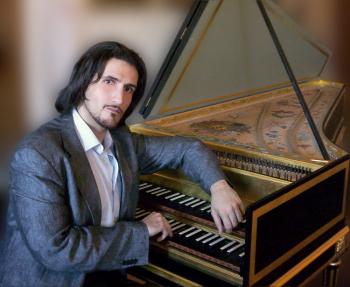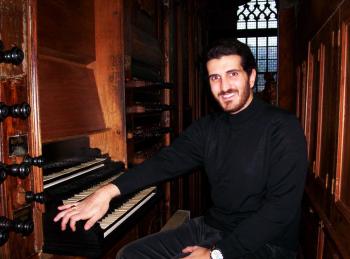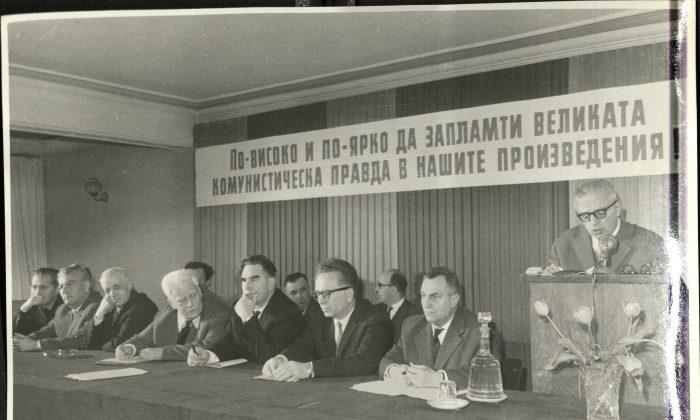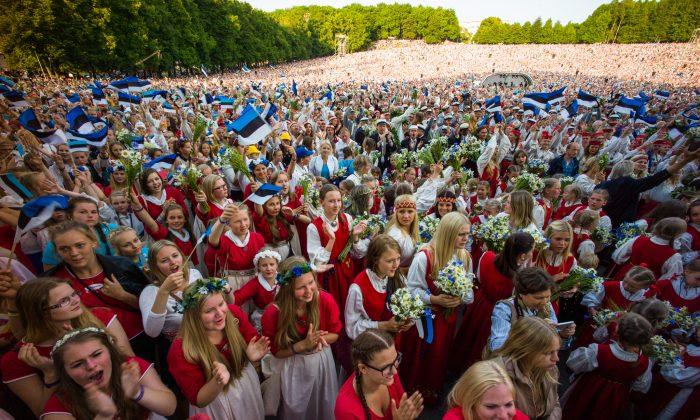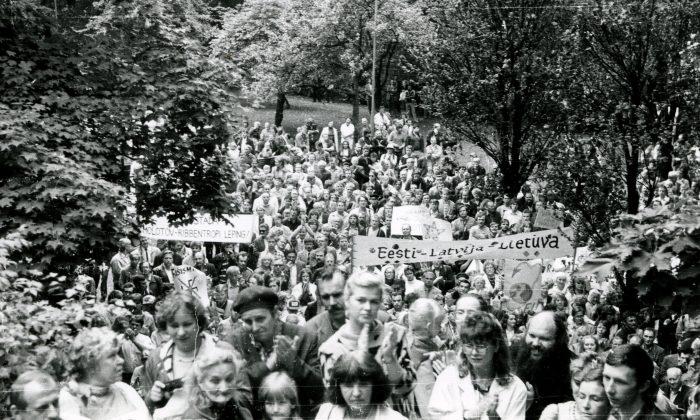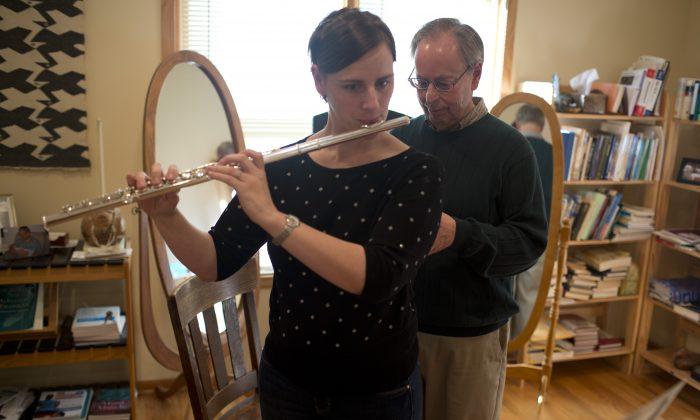The concert series, called Complete Organ Works by Dietrich Buxtehude, will be performed in the historic Orsanmichele Church in Florence. On Aug. 30 the fourth of a series of ten free concerts will be held.
Mr. Stella shared with The Epoch Times his joy at being able to organize and participate in the event.
“The wish to perform the Complete Organ Works by Buxtehude comes from my love for Buxtehude’s music which is really rich and full of fresh musical ideas.”
Simone Stella, who is also the titular organist at the Orsanmichele Church, revealed that the purpose of the initiative is to make Buxtehude’s organ music better known to the public, since it is not played as often as, for example, Bach’s music.
“I scheduled ten concerts between March 2009 and June 2010 in the Orsanmichele Church in Florence, where every Sunday of the year there’s a free classical concert at 5:30 p.m.”
The church is situated in the historic center of Florence, so Mr. Stella was sure the concerts would attract a large number of visitors.
The Concert Program
In every concert the young organist has tried to incorporate sacred as well as secular pieces by Buxtehude. He aims to help the audience know the spiritual as well as the social aspects of the composer’s music.
“I will play three Preludes in the next concert: D major, F-sharp minor, and G minor. They are secular works written in the stylus phantasticus, a style which combines improvisation and rigorous counterpoint.”
“Then I will perform a ciaccona—a series of variations on an ostinato (obstinate) bass, and several chorale preludes like Vater Unser im Himmelreich and Von Gott Will Ich Nicht Lassen—sacred pieces composed on the basis of liturgical melodies.”
The chorale preludes chosen for the program match the liturgical calendar.
“In this way the public can listen to the musical fireworks and virtuosity of the secular works and then be immersed in a sweet spiritual atmosphere with the sacred pieces.”
On the Organ and the Tamburini Organ
His real love, though, is the organ.
“My experience with organ started when I was a child. I was already in love with the organ; every time I entered a church and listened to it, I felt a unique sensation.”
Mr. Stella started playing the organ when he was 15 in a church near his house where there was a Renaissance organ. But his interest became professional at the Conservatory of Florence some years later under the guidance of Mariella Mochi and Alessandro Albenga.
“Very important for my Baroque training were the organ lessons of Matteo Imbruno, organist of the Oude Kerk of Amsterdam, and the harpsichord lessons in Rome with Francesco Cera—they gave me a lot in terms of technique and musicality.”
The organ in the Orsanmichele Church is a Tamburini organ. Its name comes from its builder, Tamburini, an Italian organ builder from the town of Crema. The organ in the church was built 20 years ago.
“It’s a charming mechanical instrument, a bit small, maybe not the ideal to perform Buxtehude, but yet able to highlight the magic of his music. Although small, it can reproduce the powerful sound of a great cathedral organ.”
The name of the church —Orsanmichele —translates as “Kitchen Garden of St. Michael.” It was actually built on the spot of the kitchen garden of the monastery of San Michele which no longer exists.
On Buxtehude and Music
As an active musician and composer of instrumental music, Simone Stella cherishes the chance to bring the music of a brilliant and prolific composer like Dietrich Buxtehude back to life.
“German-Danish Dietrich Buxtehude (1637 – 1707) is the ultimate genius of the ‘North German Organ School,’ which was founded previously by the Dutch composer Jan Pieterszoon Sweelinck.”
Inspired by early Italian Baroque music, Buxtehude was considered the most famous organist in Germany prior to Bach.
“Unfortunately, he’s placed between two great phenomena in history, Heinrich Schütz and Johann Sebastian Bach, so his importance is not duly recognized.”
Nevertheless, Dietrich Buxtehude remains a remarkable composer of sacred vocal music, ranking with the likes of Schütz and Bach. He left behind outstanding pieces of extraordinary simplicity yet of great artistic value.
“I’m very inspired by Buxtehude: his language is honest, simple, but sophisticated at the same time; very instinctive, sometimes aggressive. I feel his compositions are really close to my heart.”
Simone Stella shared that J. S. Bach also inspires him a lot and spoke of how Bach’s music represents perfection.
“Bach’s music was always written with a balance between rationality and instinct, mind and heart—everything perfectly balanced.”
The young Italian musician believes that music is capable of touching the deepest strings of the human soul. He is confident it’s an essential element for our life. We need to feel those sensations which only music can reach. Moreover, music plays an important role for human morality.
“Music can lead to faith, and faith can improve morality.”
Mr. Stella spoke of the responsibility of being a musician, for, in that role, an artist can help people live a better life.
“The musician is not just an entertainer; rather, he is the physical instrument that brings emotions to the hearts of the people, and interprets those emotions to help people feel less alone in this hard world.”
For more information about the concert series, visit http://www.classical-composers.org/concert/3709.




